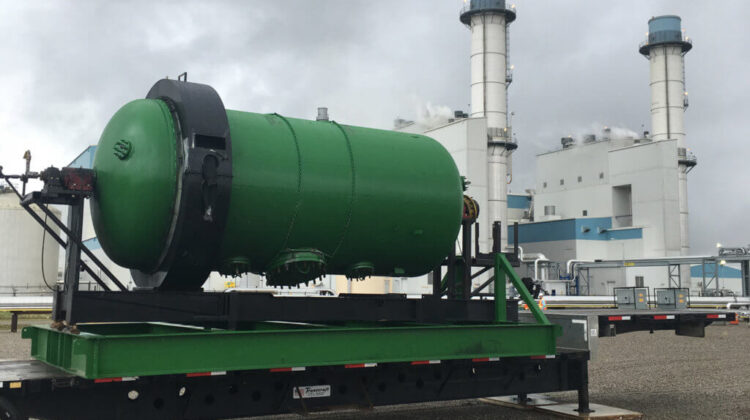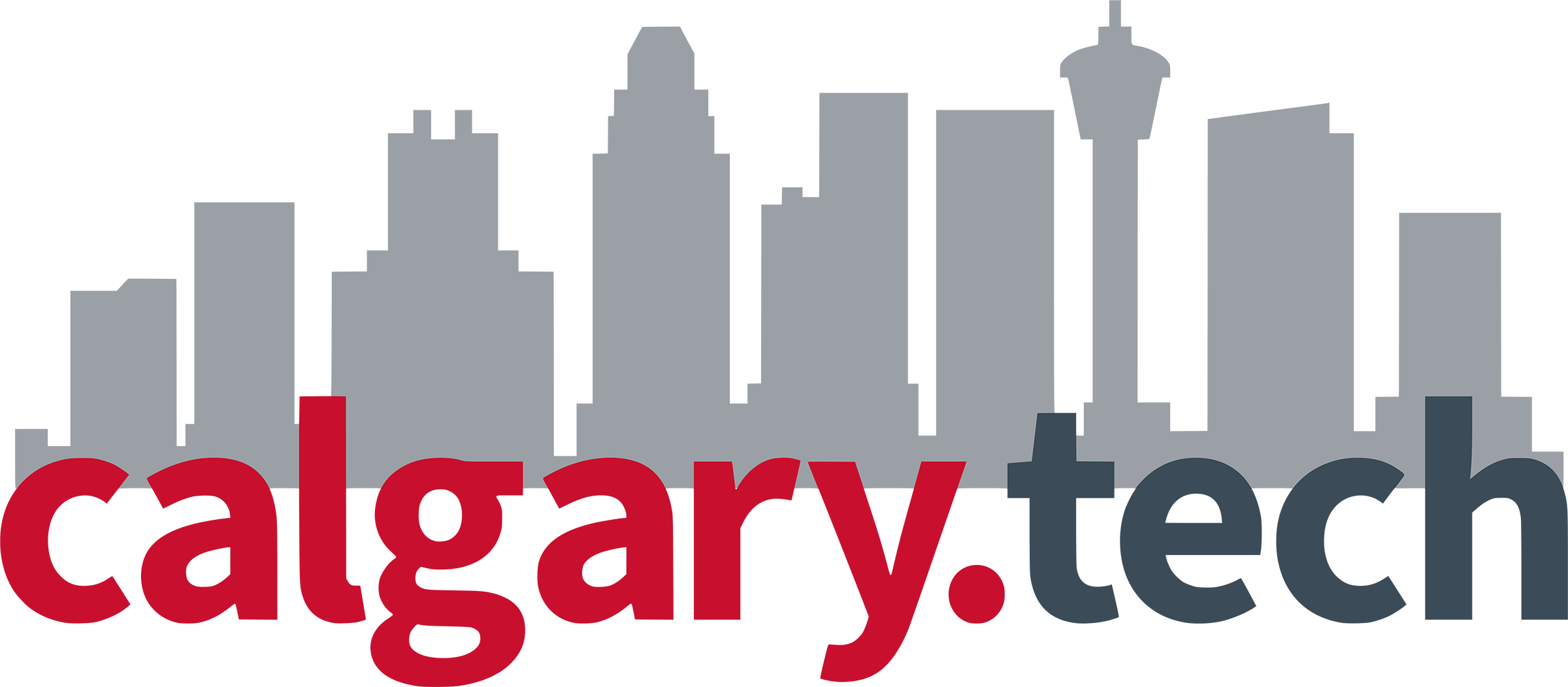
The Government of Alberta is advancing the province’s global leadership in the circular economy by committing $58 million through Emissions Reduction Alberta (ERA) to projects across the province worth $528 million in public and private investment.
Producing high-quality fertilizer for farmers, recycling asphalt from roof shingles, sequestering carbon in concrete, and novel plastics recycling are some examples of the technology solutions receiving funding through ERA’s Circular Economy Challenge.
If successful, these projects will result in cumulative greenhouse gas (GHG) reductions of up to 4 million tonnes by 2050—equal to offsetting the GHG footprint of 1 million homes. Circular Economy Challenge Funding is expected to create 1835 person-year jobs in Alberta and have a $350 million GDP impact in the province by 2025.
The investment aligns with provincial initiatives including the proposed Extended Producer Responsibility (EPR) approach, the agricultural plastics recycling initiative, and the Natural Gas Vision and Strategy’s goal to establish Alberta as a centre of excellence for plastics diversion and recycling.
Among the projects receiving funding is one by Carbon Upcycling Technologies.
The Calgary-headquartered company has developed technology for sequestering CO2 gas into a solid form within concretes, plastics and coatings and was recently named to the prestigious 2023 Global Cleantech 100 list.
Carbon Upcycling is receiving $4.4 million of ERA funding to demonstrate a commercial-scale carbon sequestration and utilization technology for the cement and concrete sector.
“Circularity in our economy will be integral to Alberta’s decarbonization efforts. Circular Economy Challenge funding signals the government’s commitment to supporting innovative companies like Carbon Upcycling, as we collaborate with industry partners and look to achieve commercial-scale impact in the cement industry,” said Ryan Bourns, Business Development Partnerships Manager, Carbon Upcycling.
Circular Economy Challenge projects support waste reduction, material and feedstock substitution, value recovery, and reduction of the lifecycle environmental footprint of materials and products. These technology solutions can reduce the impacts of material production, processing, and disposal. The innovations invested in here will support industry competitiveness, new venture creation, and economic diversification.



Leave a Reply